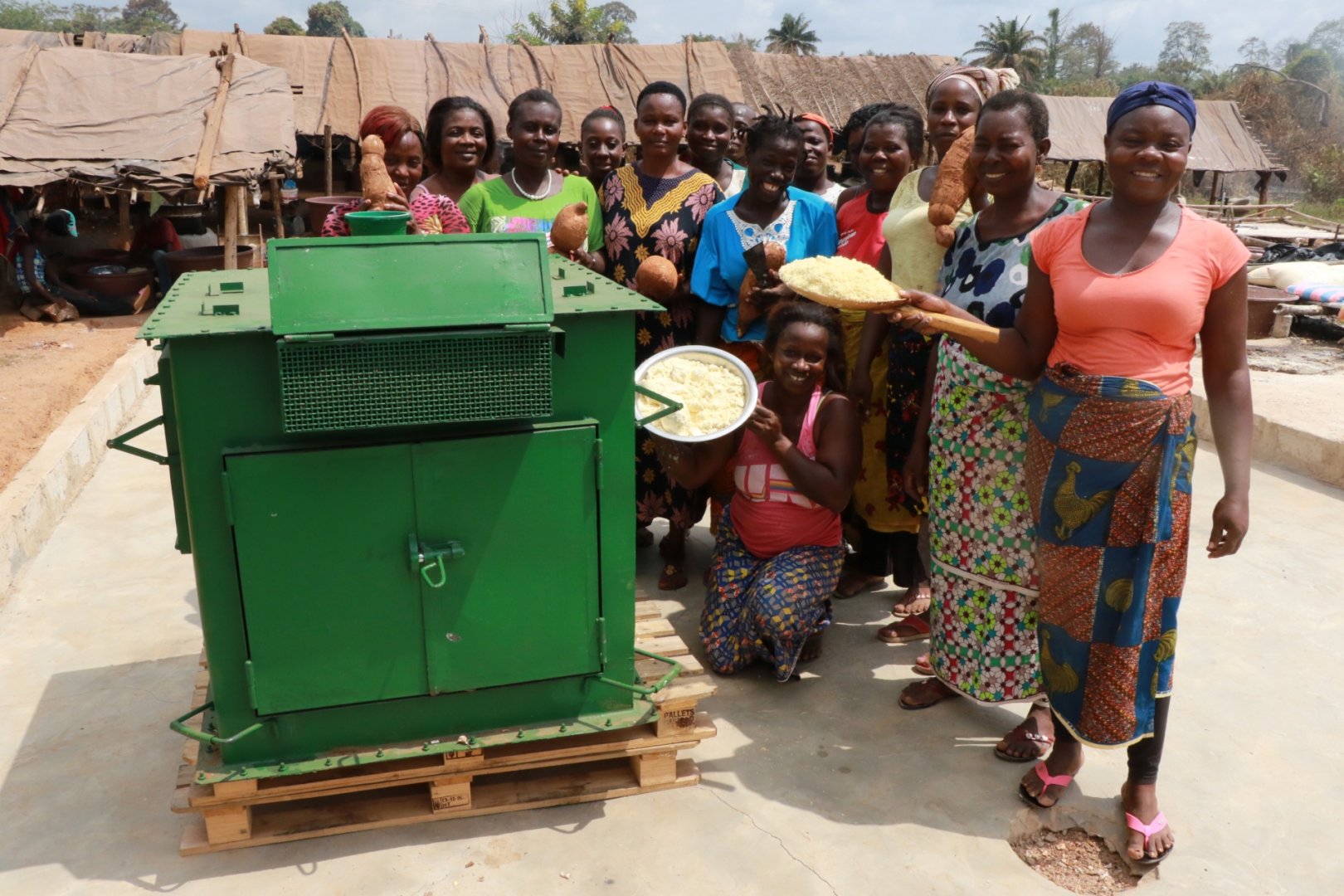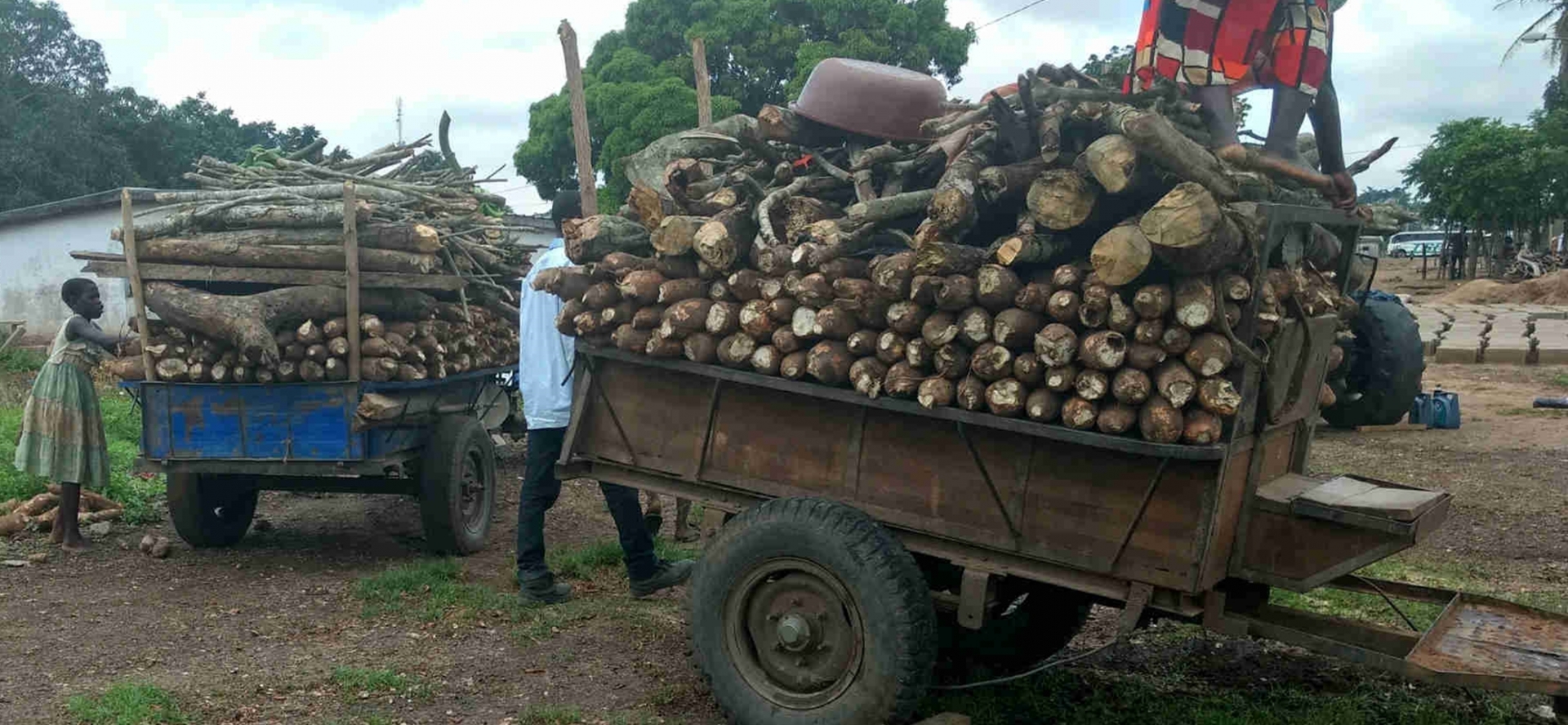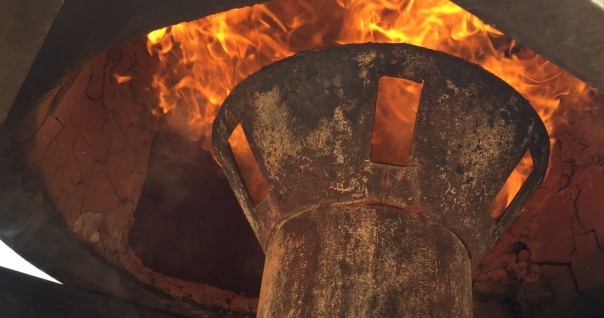

Agrovalor News - Study of the non-renewable fraction of biomass used in agricultural transformation activities
Study of the non-renewable fraction of biomass used in agricultural processing activities
After installing energy equipment with cassava and shea processors, the project plans to measure the direct impact of this equipment on the firewood consumption of agricultural units. It should be noted that a reduction in the consumption of firewood in these units will result in reduction of the pressure on the forest cover in the project intervention areas and will therefore lead to a reduction in CO² emissions caused by economic activities. It is in this context that a study on the Non-Renewability of Wood (NRB) has just been launched in the towns of Bouaké and Korhogo, the main intervention areas of the project and will allow the determination:
- values of non-renewable wood factors and reduction of emissions due to the project
- a corresponding methodology, adapted to the context of the project and replicable.
More specifically, this involves performing the following main tasks:
- Identify and quantify the wood supply flows of the 2 cities concerned (Bouaké and Korhogo)
- Identify the dry biomass production areas in the study areas and estimate the biomass production in this space
- Estimate the non-renewable factor for each of the 2 cities concerned

Optimization of biogas production from pressed cassava effluent
The digestion of cassava juice encounters two major technical difficulties. The juices are too acidic, and they must be mixed with other materials that are not available on site. Our team carries out daily monitoring and tests the responses of biodigesters already installed, with several mixtures.
The conclusions of the experiments should be ready within the next 2 months. However at this stage, we can argue that it is possible to optimize the production of gas from cassava effluents provided that:
- proceed with the neutralization of these effluents
- mix these effluents with organic matter (OM) rich in nitrogen
- respect the volume provided for the daily supply of the reactor
Once these conditions are met, it is possible to produce on average:
- 3 to 5 m3 of gas by upgrading 200 to 250 liters of cassava juice per day for a digester with 8 m3 of gas volume
- 2 to 3 m3 of gas by upgrading 100 to 120 liters of juice per day for a digester with 4 m3 of gas volume
It should also be noted that production monitoring is time consuming and leads in a negative result. So far, the Agrovalor team has taken care of it. The challenge now lies in the handover of management to beneficiary groups. Our efforts are now focused on finding mechanisms that will make the biodigester's financial results positive (minimization of input charges, demonstration of the recovery of digestate in food crops, etc.). This would be one of the major arguments for the biodigester solution to be accepted for this profile of beneficiaries.
Related projects

